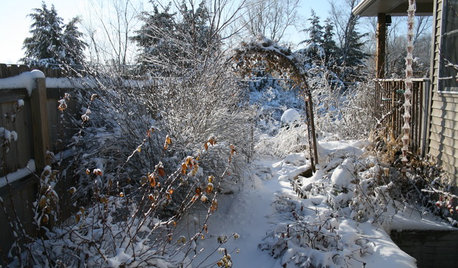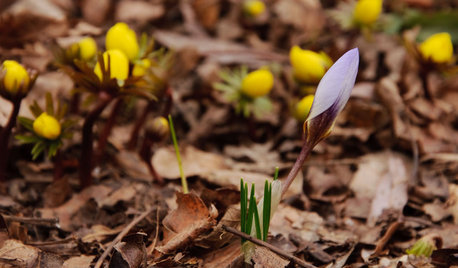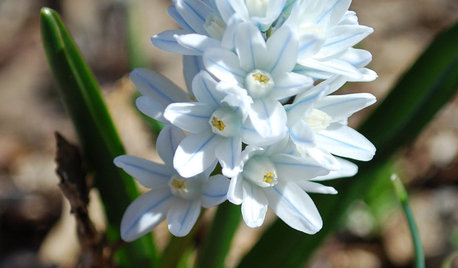Late Winter Forcing of Quince, Callicarpa etc.
arbo_retum
13 years ago
Related Stories

HOUSEPLANTSHow to Force Amaryllis Bulbs Indoors
Enjoy vibrant red blossoms even as gardens turn snowy white, by teaching this hardy repeat performer to ignore the calendar
Full Story
EDIBLE GARDENSWhy Grow Quince? For Beauty, Fragrance and Old-Time Flavor
Delightfully perfumed fruit and lovely spring blossoms make this apple and pear cousin worth a spot in the garden
Full Story
LIFELate Again? Eliminate the Things Holding You Up in the Morning
If you find yourself constantly running late for appointments, work and get-togethers, these tips could help
Full Story
LIFE6 Ways to Beat the Winter Blahs
Snow and dark days dampening your spirits? These ideas will have you looking on the bright side
Full Story
VACATION HOMESEssential Elements of an Ideal Winter Cabin
If you dream of a winter getaway with lots of skiing, skating and hot-drink sipping, these tips will make your cabin as cozy as can be
Full Story
LIFE8 Wonderful Winter Hobbies to Nurture at Home
Make nesting at home this winter even more pleasurable by cultivating new activities and dreaming up meaningful creations
Full Story
FALL AND THANKSGIVINGSimple Pleasures: A Cozy Home in Cold Weather
Stock up on these treats and essentials to make even blustery days and snowed-in time feel special
Full Story
WINTER GARDENINGPruning Secrets for Exquisite Roses
Encourage gorgeous blooms year after year with this time-tested advice on how to prune your rosebush in winter for health and shape
Full Story
GARDENING GUIDESGreat Lakes Gardener's February Checklist
Force flowering branches indoors or see if you can spy any early-flowering bulbs peeping out from the ground
Full Story
GARDENING GUIDESRocky Mountain Gardener's March Checklist
Ride out fickle weather by forcing flowers, planning indoors and heading outside to spot blooming bulbs when you can
Full Story




laceyvail 6A, WV
arbo_retumOriginal Author
Related Discussions
Japanese quince - will they drop flower buds if repotted?
Q
quince collection in the fall?
Q
Forcing bulbs is a good value for winter flowers
Q
Late winter/early spring perennial garden
Q
laceyvail 6A, WV
arbo_retumOriginal Author
laceyvail 6A, WV
arbo_retumOriginal Author